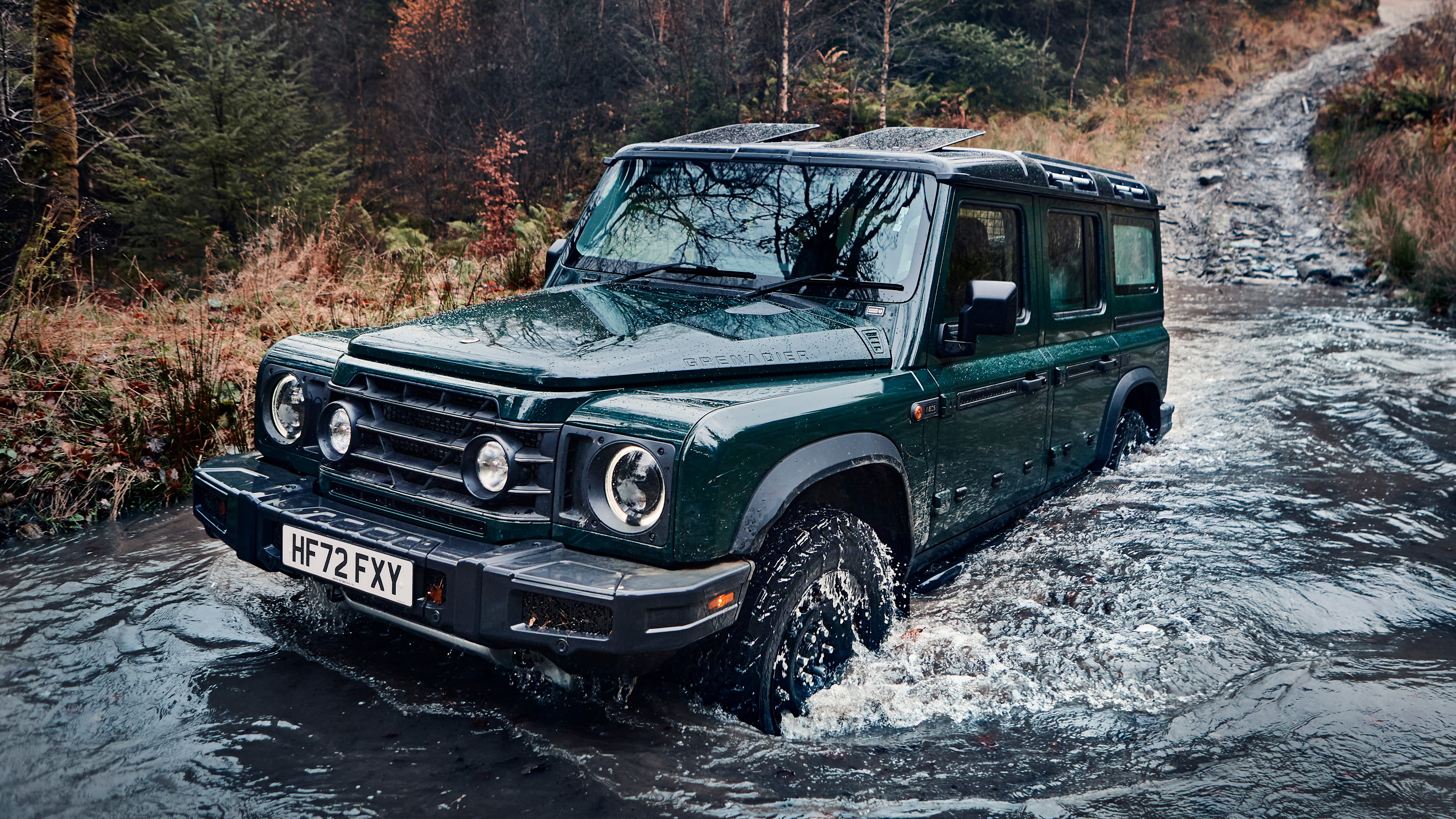The call of the wild is undeniable. For many, the thrill of leaving the paved road behind and exploring rugged trails, sandy dunes, or rocky terrains is the ultimate adventure. But before you can conquer the great outdoors, you need the right machine to get you there. Choosing a suitable off-road vehicle is about much more than just a big engine and knobby tires; it’s a strategic decision that balances capability, reliability, and your specific needs.

This article will guide you through the essential factors to consider when selecting an off-road vehicle, ensuring your first adventure is a success and not a rescue mission.
Step 1: Know Your Terrain and Your Purpose
The first and most important question to ask yourself is: what kind of off-roading will you be doing? A vehicle perfect for rock crawling may be a poor choice for high-speed desert driving.
- Rock Crawling: If you’re tackling steep, rocky trails, you’ll need a vehicle with a solid axle, high ground clearance, and excellent articulation. Look for a low-range transfer case (4L) for precise control and a locking differential for maximum traction.
- Mudding and Water Crossings: For muddy trails and riverbeds, you’ll need high ground clearance and a good set of mud-terrain tires. A snorkel is also a useful addition to protect the engine from water intake.
- Desert and Sand Dunes: In sandy conditions, a lighter vehicle with all-wheel drive and a wide tire footprint is more effective. You’ll need good ground clearance but may not need a low-range transfer case as much as for rock crawling.
- Overlanding and Expedition: If your goal is multi-day trips with camping gear, you need a reliable vehicle with ample cargo space. A balance of off-road capability and on-road comfort is key.
Step 2: Key Off-Road Features to Look For
Once you’ve defined your purpose, you can start looking for the technical features that make a vehicle truly capable.
- 4WD (Four-Wheel Drive) System: This is a non-negotiable for serious off-roading. A good system should have a low-range setting (4L) which provides maximum torque at low speeds, essential for climbing hills or getting out of sticky situations.
- Ground Clearance: This is the distance between the lowest part of the vehicle’s undercarriage and the ground. The higher the clearance, the easier it is to clear obstacles without damaging your vehicle’s frame or components.
- Suspension System: The type of suspension a vehicle has significantly impacts its off-road performance. A solid axle suspension, common in vehicles like the Jeep Wrangler and Toyota 4Runner, provides excellent articulation for rock crawling. Independent suspension, found in many modern trucks and SUVs, offers a smoother ride on pavement but may have less articulation.
- Locking Differentials: A differential allows wheels to turn at different speeds when cornering. A locking differential forces both wheels on an axle to spin at the same speed, providing maximum traction in low-grip situations like when one wheel is in the air or on a patch of mud.
- Tires: The right tires are just as important as the vehicle itself. All-terrain (A/T) tires are a good all-around choice, while mud-terrain (M/T) tires are essential for mudding.
Step 3: Reliability and Aftermarket Support
A vehicle that breaks down in the middle of nowhere is no fun. Reliability is paramount, especially when you’re far from help.
- Proven Track Record: Look for vehicles with a long-standing reputation for reliability and off-road capability. Brands like Toyota and Jeep are famous for their ruggedness.
- Aftermarket Support: Check the availability of aftermarket parts and accessories. A wide range of options for lift kits, bumpers, and other modifications means you can customize your vehicle and easily find replacement parts if needed.
- Community: A strong off-road community for your chosen vehicle can be a huge asset. Owners’ forums and clubs are great places to find advice, learn about common issues, and even find off-road buddies.
Conclusion: Your Adventure Awaits
Choosing an off-road vehicle is an exciting part of the journey. It’s about finding the perfect partner for your adventures. By taking the time to understand your needs and the technical features that matter most, you can make a smart decision that ensures a safe, reliable, and thrilling experience on the trails. Remember, the best vehicle is the one that’s well-suited for your purpose and will reliably get you home after a day of unforgettable exploration. So, what’s your next off-road adventure?